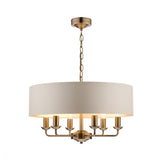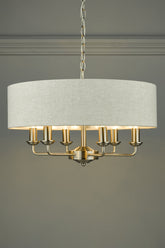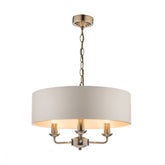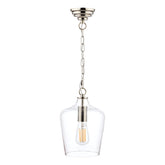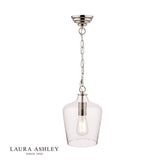The Do’s and Don’ts of Lighting Your Garden
For the past few years, garden lighting has become equally as important as indoor lighting for many householders. This may be a consequence of the recent lockdowns which saw many of us spending more time, effort and money in our gardens rather than on using our funds for holidays. Whatever, the reason you want to light up your garden, there are some do’s and don’ts you need to take into consideration if you want to create an amazing outdoor space.
Firstly, you need to consider what is the purpose of lighting your garden? Is it for security or practical purposes? Or is it in order to create a fabulous space which family and friends can enjoy for outdoor living.
Judy Davison from the Light Company has many years of experience in giving guidance on all aspects of home lighting, including for your garden. Here are her top tips to get you started.
Planning Your Garden Lighting
The first thing you need to do is to plan where you are going to put your lighting and, importantly, why? For example, if you have steps leading from your house to the garden, you may want to light up this area with ground level, posts or suspended lighting.
Alternatively, if you have a specific seating area where you want to enjoy a BBQ or a few early evening drinks, then this should be a key you should light so you’re not struggling to see as the sun sets. You may also want to showcase some key areas of your garden such as some expensive shrubs or a water feature.
Whichever it is, then you need to plan in advance to ensure you invest in the most appropriate lighting for your space. It’s a good idea to sketch out the areas you want to light up and then look at the most appropriate lighting for those specific areas or what mood you want to create. One tip we always recommend, is to take a walk around your garden with a large torch and shine it on the areas you want to light so you can get the most out of your lighting.
Keeping Family and Guests Safe
So many times, we’ve visited homes where the garden lights are powered from extension leads from the house causing trip hazards all over the place. This is not a good idea and, unless you have the option to run safe power points around your garden, you are much better off investing in solar powered lighting.
Also, Britain doesn’t always enjoy the driest of climates – even in summer so, for safety reasons, it’s also important to ensure your outdoor lighting is IP rated. IP stands for Ingress Protection and all outdoor lights and fittings are rated on this feature. The IP rating scale essentially ranks the light source by how effectively it is protected from exterior elements such as liquids or solid objects, and this will dictate where your lights can be installed and how much moisture or external force it can safely come into contact with.
This is then followed by two numbers which tell us how well protected the fitting is against solids or water. Digit one represents the solids protection and runs on a scale of 0 – 6, zero being no protection at all and 6 being dust tight. The second digit is particularly important to British gardens, as it shows how watertight the fitting is. Zero indicates not protected at all and 8 means the light is suitable for continuous immersion in water e.g. for a pond or water feature.
Taking Security Into Account
Keeping your property and garden secure from intruders is another reason for lighting your garden. Security lighting should be positioned at the front of your house as well as at any back or side entrances.
Take a tour of your garden and identify any areas which may be secluded and easy for intruders to hide. Then you should look at adding movement activated security lighting to these areas and if you have CCTV cameras, you should also position lights above cameras for clearer views.
Positioning Your Lights
Once you’ve decided on the purpose of your lights, then you need to think about their positioning (in line with sketch we mentioned previously). Use your outdoor lighting to highlight the most attractive areas of your garden rather than just putting lights in random places which could then showcase the scruffier areas that you don’t’ want people to see!
To create a relaxing, fairy-tale atmosphere, try fairy draping lights around entrances or around dining areas for a soft yet luminous mood. Many of us use ‘task’ lighting in our homes; and you can take the same approach to your garden. For example you can add LED strip lighting to steps so they are visible in the dark and you should also illuminate any cooking areas too.
Spike lights are a great way to up light plants and walls, and colour changing LED lights can look amazing on a white wall.
If you live by the coast, then it’s also a good idea to invest in marine grade steel fittings for your outdoor lighting to avoid corrosion. Our range of coastal lighting come with extra powder coated applications with guarantees for coastal regions.
The Light Company
We hope you found these tips helpful. You can see our range of outdoor lighting here. We stock many top brands of wall lights, post lights and porch lights including products from Dar, Elstead and David Hunt.
Also, you can call us on 01792 414662 to book a free garden lighting consultation.
